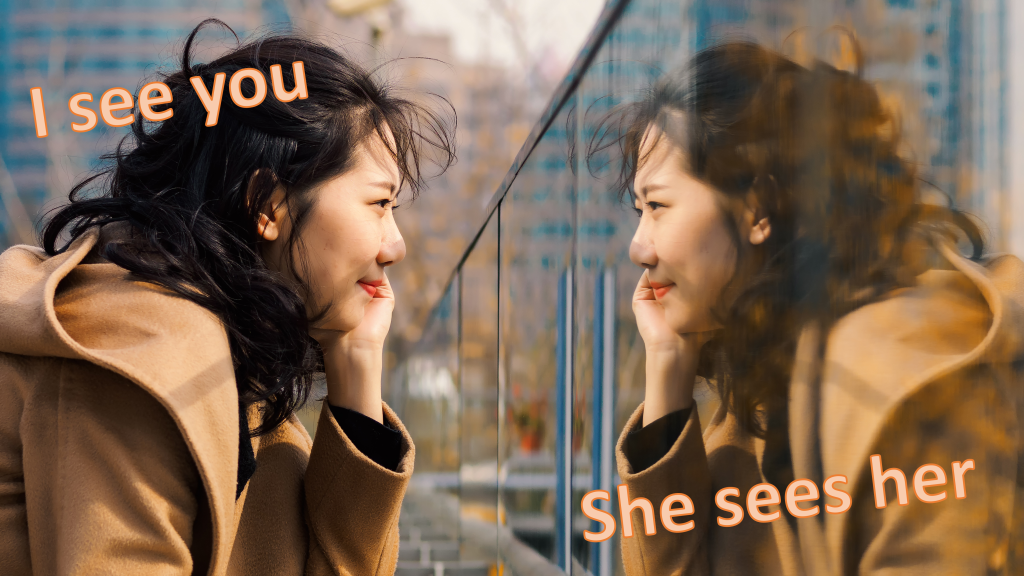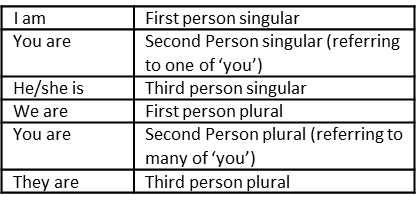What are the advantages of writing in either 1st or 3rd person perspectives and should we be able to use either when we want or even switch between perspectives within a story?

What do we mean by ‘perspective’ in a story
Telling a story requires all sort of things to be put in place. You need interesting, believable and possibly likeable/hateable characters. You need a decent plot line, something which engages the reader and makes her/him want to keep reading. You need to be able to write in a fashion which draws the reader in and is sufficiently ‘smooth’ that reading is a pleasure and not a chore.
And then you need perspective, a position from which the reader is engaging with your story. The very word ‘perspective is based on a Latin root which gives us ‘to perceive’ or ‘to look through’ so all the meanings of perspective have something to do with looking.
The question to writers and their readers is ‘who is doing the looking?’ This is what I refer to as subjectivity and it defines where the reader is looking from within the story.
Some of you will be very clear on what is meant by 1st, 2nd and 3rd person standpoints. If not, then perhaps a little memory jogger / quick explanation will suffice! When I say, “I am doing such and such” this is first person (singular) perspective. If I say “she (or he) is doing such and such” then this is third person (singular) perspective.

The verb to be with all subject positions
These are the easiest two perspectives from which to write your story. Though in theory you can use the others (see table above) it might be a difficult task to attempt!
Writing in 3rd person: An all-seeing god-like power
The most versatile and perhaps the simpler of the two main standpoints is the third person approach. When we write in third person we can follow many different characters in different places and the storyteller is in the wonderful, almost god-like position of being able to see everything that is happening. The storyteller is not part of the story but an observer, a conduit through which the reader can be told things.
Writing in 1st person: Intimate, immediate but restrictive
The first-person approach is also used with reasonable frequency. In this approach we write as the principal character in the story: I ran along the street until I got to Ben’s burnt body. It can provide an immediacy to what is happening and a greater sense of being involved in events. However, there are drawbacks. Firstly, a single person has difficulty knowing everything that is going on, so the reader can generally only follow what is happening to the main character and not what is happening to others out of sight. Furthermore, the 1st person character will not have easy access to other people’s thoughts or histories.
There are a set of tricks to get around this and these can work better in some type of stories than others (e.g. in fantasy, give your character a crystal ball; or use technology, let your character see things happening on his mobile phone). Whilst in third person your narrator is like a god, knowing everything in first person writing this cannot happen (unless of course your main character is a god and does know everything – you see, there is always a way around perspective limitations!)
Another drawback to writing in first person is that it gives the impression that your main character will not be killed: if he or she dies then how does the story continue – who is going to tell it?
Again, there are ways around this. You can switch to a new voice explaining what has happened to the principal character. Or you can continue speaking from beyond the grave (and perhaps you always were).
You can also switch between 1st and 3rd person within your story. For example, you can introduce a letter written by a particular person in which they explain what happened to them (I am writing this to tell you about the strange occurrence on the night of … etc.) Yes, done badly that can be jarring but it is not impossible. In fact, the human brain can cope well with such shifts and if you don’t believe that then watch some films where instead of following the characters you are suddenly presented with a ‘reverse angle shot’ i.e. you are suddenly seeing things from the perspective of a character in the film. That often happens quite seamlessly.
Here is an example of a simple 1st to 3rd person switch:
I imagined myself as I would appear to others. I would be this man, tall and untidy in appearance. This man … well, he was waiting at the diner’s window, his eyes always scanning. He had been waiting there a long time and many people had seen him. Everyone called him Bert but that was not his real name and although he had been born in Kentucky he didn’t have that accent.
Such switching must be done with care of course, but it is at least possible and can occasionally be a very useful tool to keep your readers informed of events – or even to sneakily hide things from them!
More often than not I write in the 1st person. All writers will probably have their preferred style, but it is nice to be able to go one way or another and try out different approaches in different stories, don’t you think?
And finally …
Well, these are my thoughts on the subject of subjectivity.
… or perhaps that could be …
… these are Alyson’s thoughts on the subject of subjectivity.
Have fun writing!
I have a follow-up article for you to read! A further perspective is available on this site.

